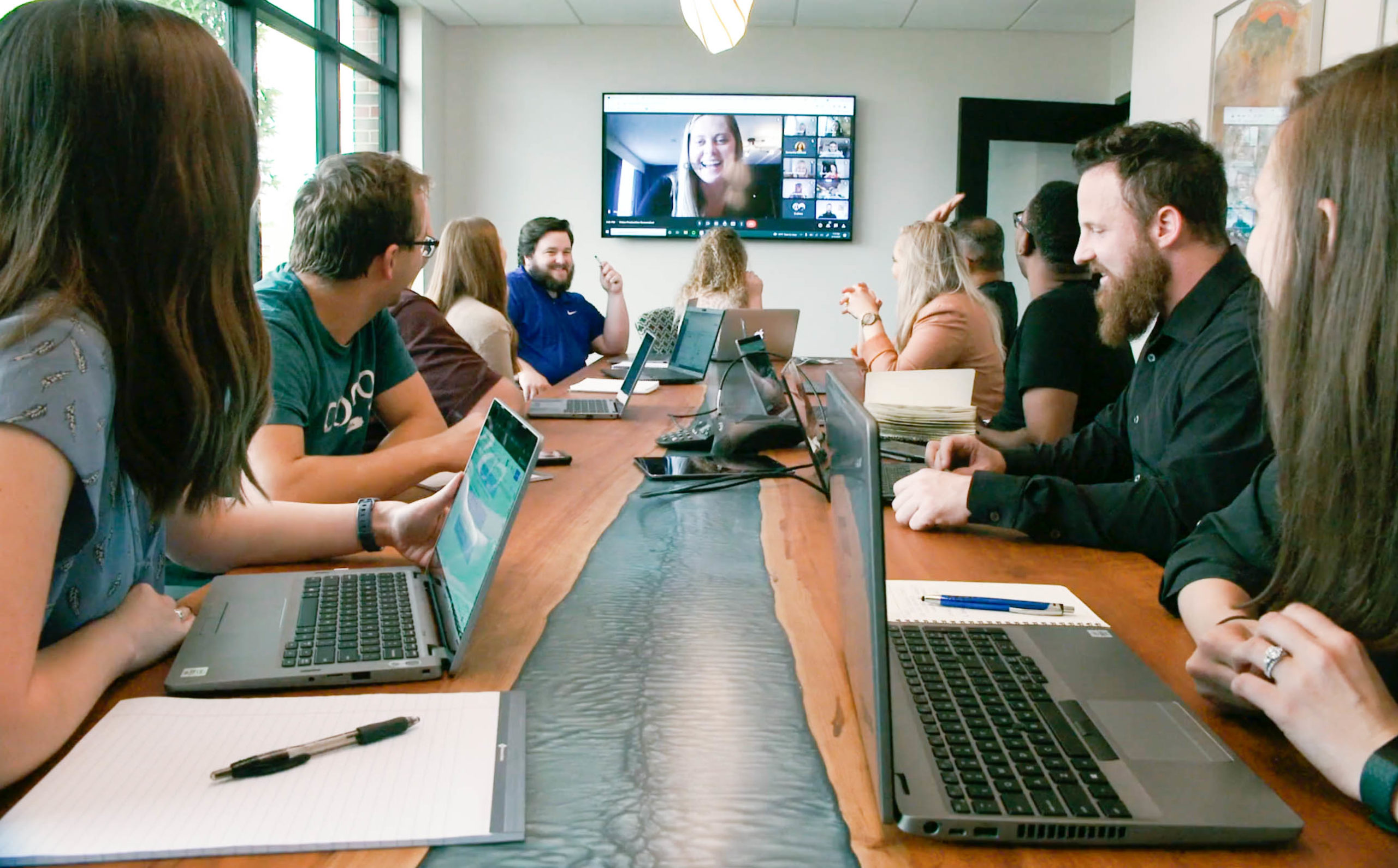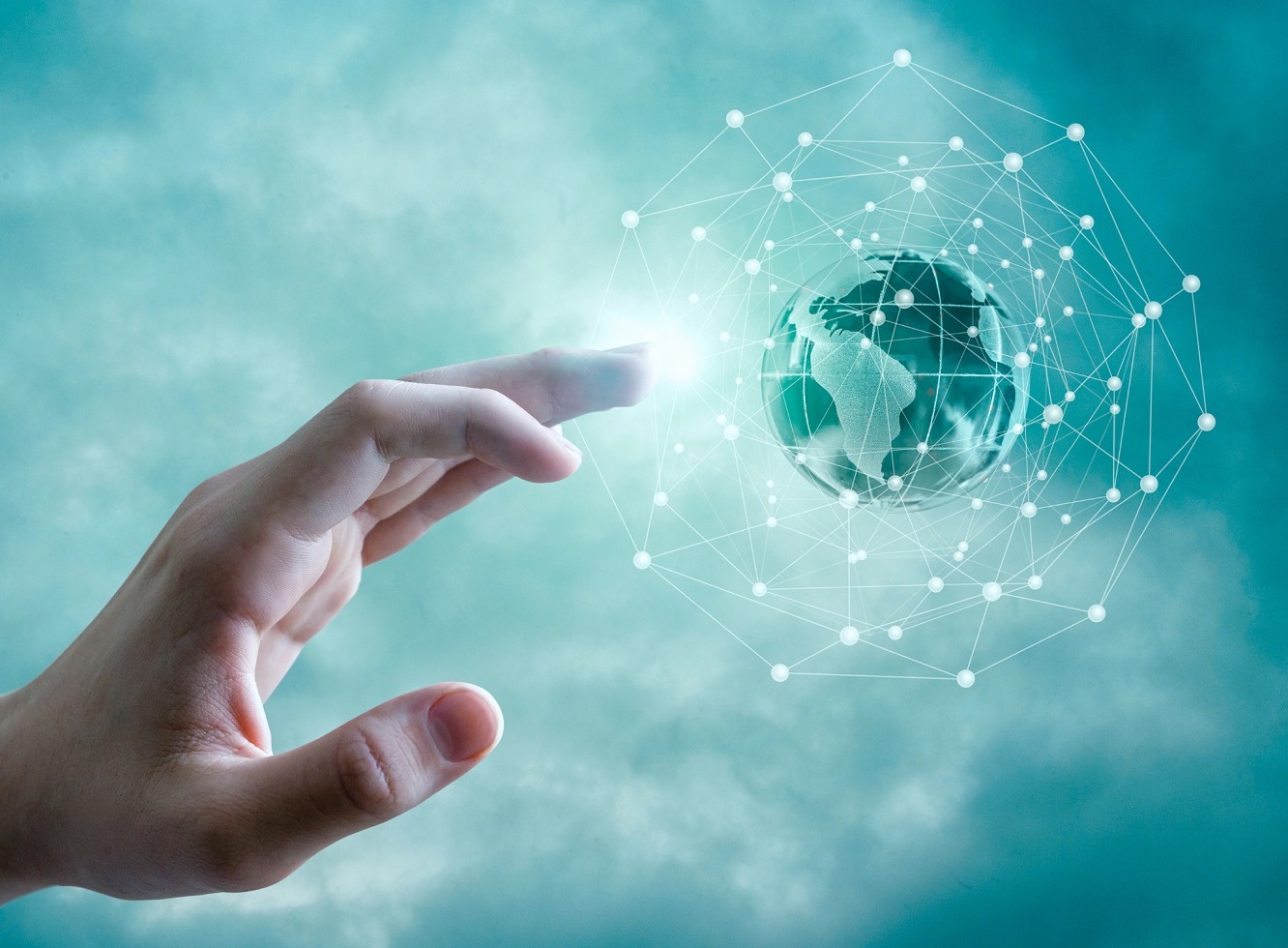Bringing Humanity to the Core of Your Marketing Strategy
Digital transformation has definitively blurred the lines differentiating the traditionally siloed B2B and B2C marketing practices. It doesn’t matter if you’re purchasing products or services, for a business or as consumers — we’re all human. By focusing our attention on what matters most, the people, it becomes clear that the concerns we have aren’t unique to B2B or B2C marketing; they’re mutually shared.
Understanding that these two worlds converge allows marketers to identify and evaluate emerging technologies and trends from a lens of humanity, creating space to innovate and avoid false limitations of what qualifies as a B2B marketing strategy and what is more “appropriate” for B2C.
Deloitte’s 2023 Global Marketing Trends Report offers a perfect roadmap to reframe our mindset and humanize B2B marketing.
- Answering economic instability with marketing investments
- Driving growth through internal sustainability efforts
- Using creativity as a force for growth
- Adopting rising marketing technologies
Here’s how marketers can apply these four trends to create a human-to-human (H2H) strategy and bridge the gap between B2B and B2C marketing.
Weathering Economic Uncertainty With H2H Marketing
We’re faced with the challenge of trying to plan without fully knowing what lies ahead amidst uncertain economic times. Value becomes more important than ever when times are tough. We need to find new ways to add or communicate value and meet human needs through personalized experiences. This is where smart use of data becomes your secret weapon, and is actually expected by three-quarters of consumers, according to McKinsey.
“Data will lead us to the points of contact with advertising [that] are increasingly personalized and more relevant” In other words, how can we make each touchpoint in an omnichannel marketing ecosystem feel authentic and personal? Once we pinpoint what drives the biggest impact and makes people feel valued, we can tailor solutions based on those preferences. Put this into practice by strategically investing in conversational marketing. While customers appreciate personal, human interaction, they don’t want to give up the convenience of automation. We can offer the best of both worlds by pairing a human-centric strategy with innovative technologies like targeted marketing, live chat and AI.
Trust, Sustainability and a Human-Centric Culture
In the wake of 2020, B2B and B2C marketers alike were faced with some of the most disruptive crises in recent history. Fast forward to 2023, and “trust, values, and integrity are at the forefront of what customers expect from businesses they shop with. Customers expect brands to demonstrate rich and solid values in 2023, prioritizing ethical, social, and environmental responsibilities.”
Marketing leaders from both disciplines have a lot more riding on their shoulders with 88% of consumers awarding trust as their top value during times of change. And out of that pool, 78% of their purchasing decisions are influenced by businesses’ environmental practices. It’s no longer simply about growing revenue; it’s about growing your business responsibly. Having a true Environmental, Social, and Governance (ESG) policy in place can not be an afterthought or a nice-to-have. It is pivotal for long-term growth.
Deloitte highlights three core strategies to build intentional ESG marketing practices:
- Implementing more sustainable internal marketing practices
- Making long-term commitments towards reducing the carbon footprint, and
- Promoting more sustainable product and service offerings
The best way to take this on is to utilize one of the core tenets of the H2H approach: self-awareness. Taking the time to measure and evaluate your sustainability practices requires effort and forces you to take an honest look at your business practices as it relates to carbon output.
Here are some great examples of eco-friendly practices that support this human-centric approach:
- Outdoor clothing company, Patagonia, always tops eco-friendly company lists, and with good reason. Much of their raw materials are recycled or grown organically and they aim to be completely carbon neutral by 2025.
- B2B marketplace Circular.co supports the buying and selling of sustainable materials through a marketplace of certified recycling suppliers that, “facilitates the entire sourcing, vetting and pricing process.”
Driving future growth is dependent on a commitment to sustainability— or at least, that’s what 55% of marketers are saying. Making a commitment to ESG programs opens the door for brands to mend broken relationships, form new connections, and nurture trust across audiences – both B2B and B2C.
Creativity is the Main Character in Brands’ Growth Paths
49% of marketers believe the ability to integrate sophisticated analytical capabilities into marketing strategies is critical for long-term success. However, marketers must act on their analysis in a human way to maximize impact.
Cristian Cabello, CMO of Derco, illustrated that ideology by saying, “Brands should blend data with human-centered methodologies to create a more complete picture of the customer, prevent mistakes an algorithm can’t always understand, and cultivate connections with the customer.” In other words, data is simply data if you fail to tell an emotionally compelling story with it.
Research shows that people want to hear stories from brands and over half are more likely to buy products from brands whose stories they love. Messages built around a personal story are:
- More memorable and easier to process
- Break away from corporate language and technical jargon
- Enable honesty and transparency with engaging analogies
- Use authenticity to knock down barriers
As professional storytellers, B2B marketers should make content relatable and personable to build deeper connections with prospects and stakeholders. Consider using channels from the B2C playbook, like influencer marketing. Lean into this era of co-creation and explore new partnerships and platforms that will generate a stronger brand community.
Adopting Rising Technologies with a Human Touch
We can’t help but pay attention to industry chatter around emerging trends and technologies. But, over-investing in something unproven can be unwise. Finding the balance between the hype and worthwhile investments could mean the difference between creating a competitive advantage or falling behind.
In the coming year, B2B marketers should consider:
- Taking advantage of AR/VR for experiential B2B marketing interactions: This strategy allows for data-driven decisioning and delivers on the growing expectations for more personalized and engaging consumer experiences. For example, Nestlé Purina Petcare has implemented 3D VR technology to assist retail partners with better in-store merchandising.
- Exploring the metaverse’s role in the customer experience: Data shows that those who fail to create a strategy to join the metaverse may lose the opportunity to become a leader in the space. 17% of US marketers are active participants, whereas 40% are laying the groundwork to expand engagement and experiences in the metaverse.
- Using blockchain technology to strengthen data privacy: Blockchain offers new possibilities to bolster privacy and give control back to consumers. For example, in the healthcare sector, blockchain technology can store, share and utilize data to communicate with patients without sharing data with a third party.
Customer expectations are shifting, and with them, the distinction between B2B and B2C marketing is collapsing. Taking this in stride by prioritizing a holistic human-to-human approach is a future-proof way to respond to the perpetual disruptions caused by digital transformation and technology. We can stop over-complicating things and opt to simplify our approach by bringing it back to what matters most: we’re all human.






